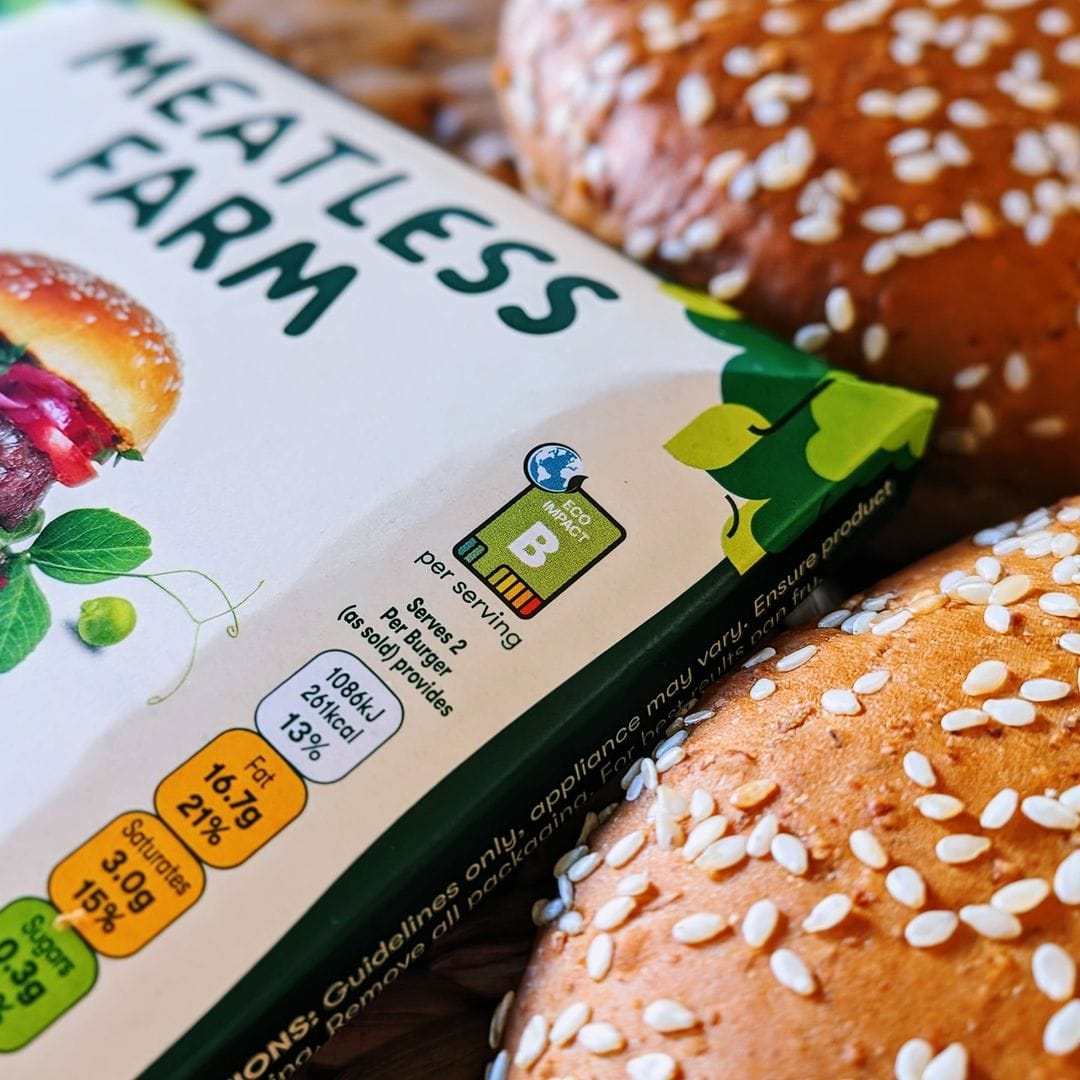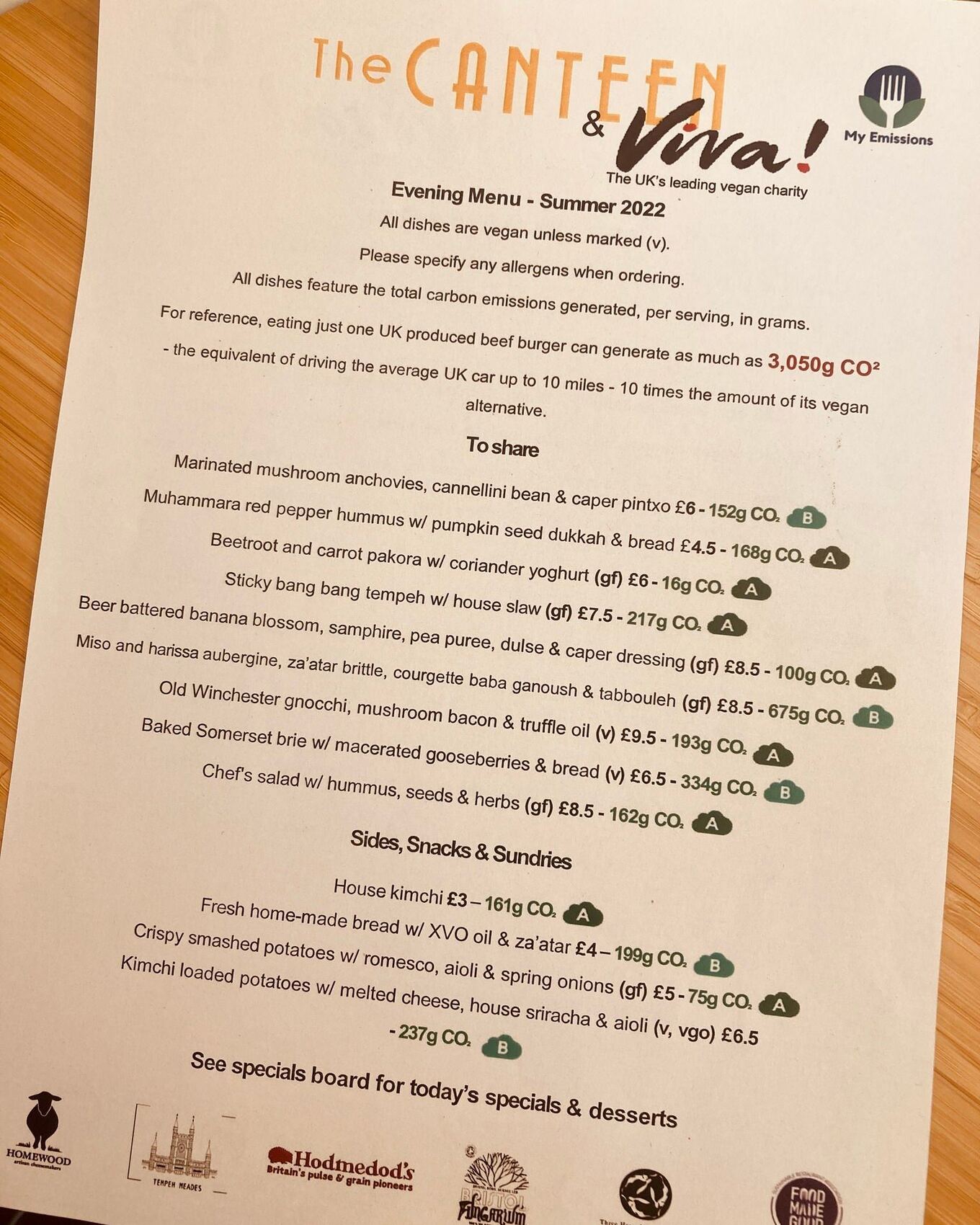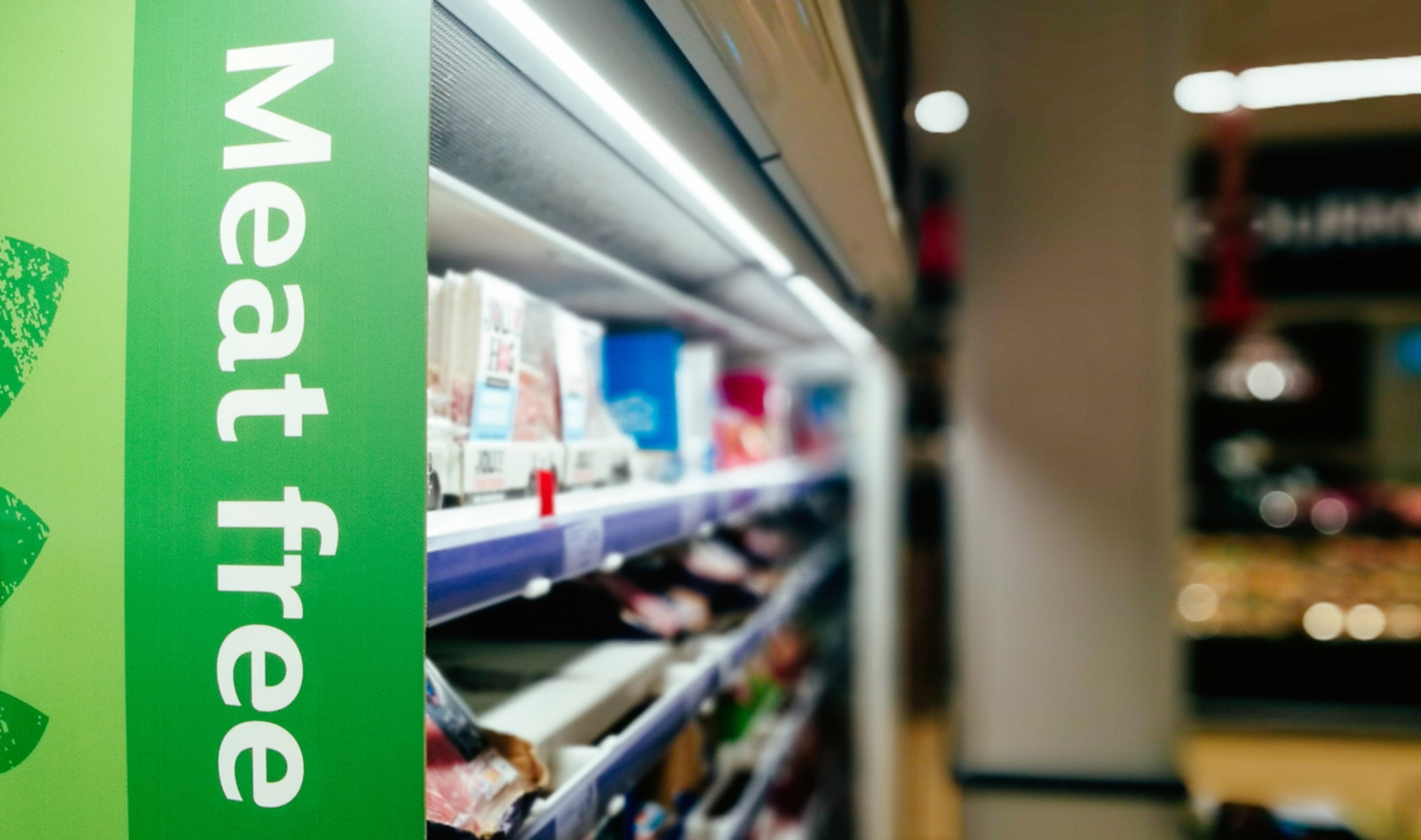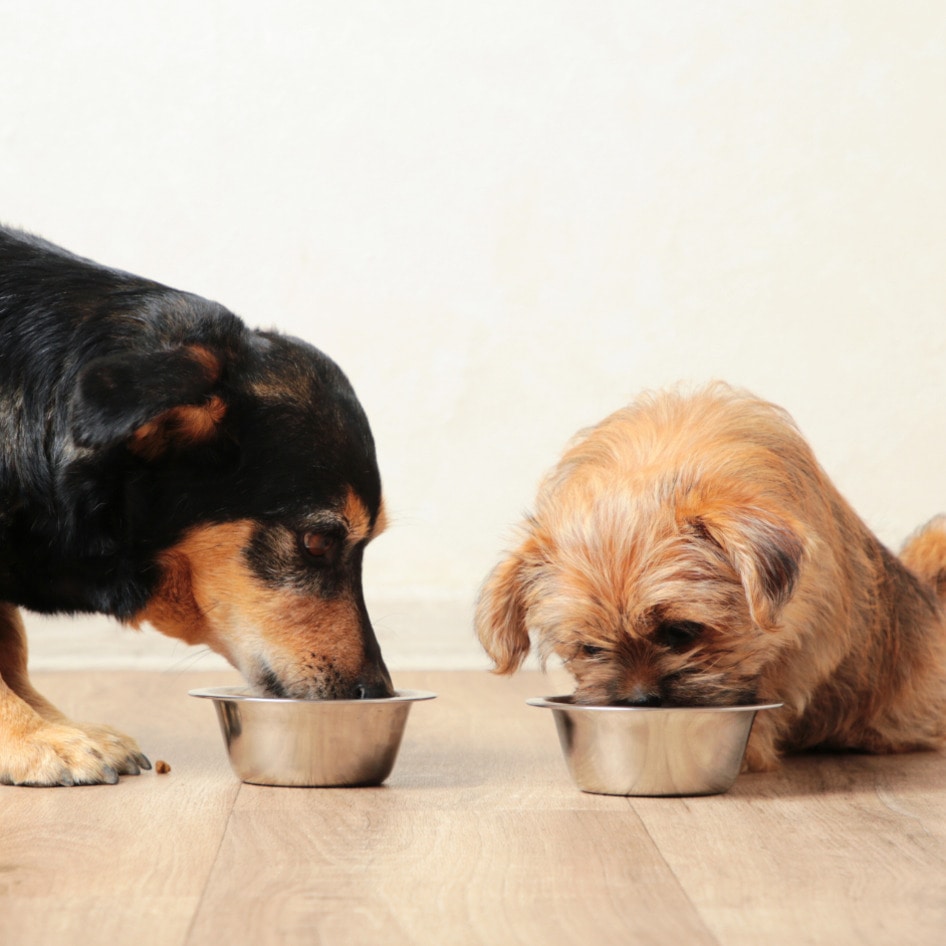The climate crisis is upon us. It’s a difficult truth to face, and—as temperatures soar and extreme weather events become more frequent—as individuals, it’s easy to feel powerless. But, while change needs to come at a government level, there are things that food companies, in particular, can do to help consumers make more environmentally-friendly choices. Climate labels are one way that brands can be transparent about the sustainability of their ingredients, and help to educate people about the impact of their food habits. Here’s why several brands, restaurants, and even governments are adopting or promoting climate labels on food products. But first, what does food really have to do with the climate crisis?
Food and the climate crisis
While foods like beef and pork have a high environmental footprint, plant-based options, like tofu or vegetables, for example, are much kinder to the planet.
According to the BBC’s climate change food calculator, which is based on research from the University of Oxford, eating beef once or twice a week (so that’s, say, one burger and one portion of mince), every week, for one year, requires roughly the same amount of land as six tennis courts, and eating the same amount of pork uses up more than 20,500 liters of water. But eating the equivalent amount of beans uses just over 1900 liters of water, and tofu uses around 587 liters.
And while this research suggests that eating tofu or beans a couple of times a week only adds 12 and seven kilograms to your annual greenhouse gas emissions respectively, it notes that eating the same amount of beef contributes more than 600 kilograms. In addition, pork contributes around 140 kilograms. And this is because animal agriculture is a major driver of emissions. In fact, according to the United Nations, it contributes 14.5 percent of global greenhouse gasses every year.
What is a climate label?
Because food is such a major source of environmental harm, it’s important to understand how the ingredients in individual products affect the planet. Climate labels help with this. In a nutshell, these labels help to communicate the environmental impact of a product to consumers.
 Foundation Earth
Foundation Earth
On Meatless Farms products, for example, you’ll now find a traffic light labeling system. Initiated by Foundation Earth (which specializes in environmental scoring), the label takes into account the product’s emissions, water usage, pollution, and biodiversity impact. An Eco Impact A+ category is the best score, and means that a product has a minimal environmental impact, while the worst rating offered is G. Meatless Farms’ Plant-Based Mince falls into the Eco Impact A category for emissions, pollution, and biodiversity impact, while it falls into the Eco Impact B category for water usage.
“By sharing this information, we hope to help educate our customers about how their food choices impact the environment,” Morten Toft Bech, Meatless Farm’s CEO, told VegNews. “Just think, the more informed consumers are about how their weekly shop can impact the environment, the more likely we are to see consumers make more considered purchases.”
Will climate labels encourage people to eat more sustainably?
Meatless Farm isn’t alone. Plant-based milk brand Oatly also just announced it would start adding climate labels to some of its products. “Transforming the food industry is necessary to meet the current climate challenge,” Julie Kunen, the brand’s director of sustainability, said. “We believe providing consumers with information to understand the impact of their food choices is one way we as a company can contribute to that effort.”
In some restaurants—like at The Canteen in Bristol, UK, and Just Salad locations in the US—menus are also now showing more climate information. And last year, Denmark also became the first country ever to invest in the development of its own government-run climate labels for food.
 The Canteen/Facebook
The Canteen/Facebook
But, as climate labels go mainstream, with whole governments endorsing their use, is there proof that they actually work? Well, according to research, they actually are a pretty effective way to get people to make more informed choices.
In 2022, for example, researchers at the University of Bristol showed nearly 1400 study participants three different versions of the same menu. The first included Fair Trade logos, the second included Fair Trade logos with the vegetarian option indicated with a star as the “most popular,” and the third included climate labels. The vegetarian option was given a green 1, to indicate it was the most sustainable, while the chicken was given a yellow 3, and the beef was given a red 5, for the least sustainable. The researchers found that 84 percent of people went for vegetarian or chicken over beef when presented with the climate-labeled version of the menu.
Another study, conducted at John Hopkins University and published in the Jama Network Open journal, suggested that labeling a beef burger with a negative, “high climate impact” label would make 23 percent more people choose an option without red meat. “These results suggest that menu labeling, particularly labels warning that an item has high climate impact, can be an effective strategy for encouraging more sustainable food choices in a fast food setting,” Julia Wolfson, PhD, of the Bloomberg School of Public Health, told the Independent.
And, in Bech’s view, a “harmonized approach” to climate labels would not only help persuade consumers to make more sustainable choices, but it would also incentivize brands to look for “more eco-friendly ways of producing, manufacturing, transporting, and packaging food.” After all, who’s going to want to see their food labeled with a “G” from Foundation Earth, a red 5, or a “high climate impact” badge? “These changes would then cause purchase patterns to shift from products with poor sustainable credentials towards those with lower carbon footprints,” he added.
Matthew Harris, head chef at The Canteen, agrees that the same would happen in the restaurant industry. “If carbon labeling was rolled out across the UK, we’d see restaurants and customers encouraged to make better decisions around the food they consume,” he told Bristol247 last year.
For more on food and the climate crisis, read:
JUMP TO ... Latest News | Recipes | Guides | Health | Subscribe









